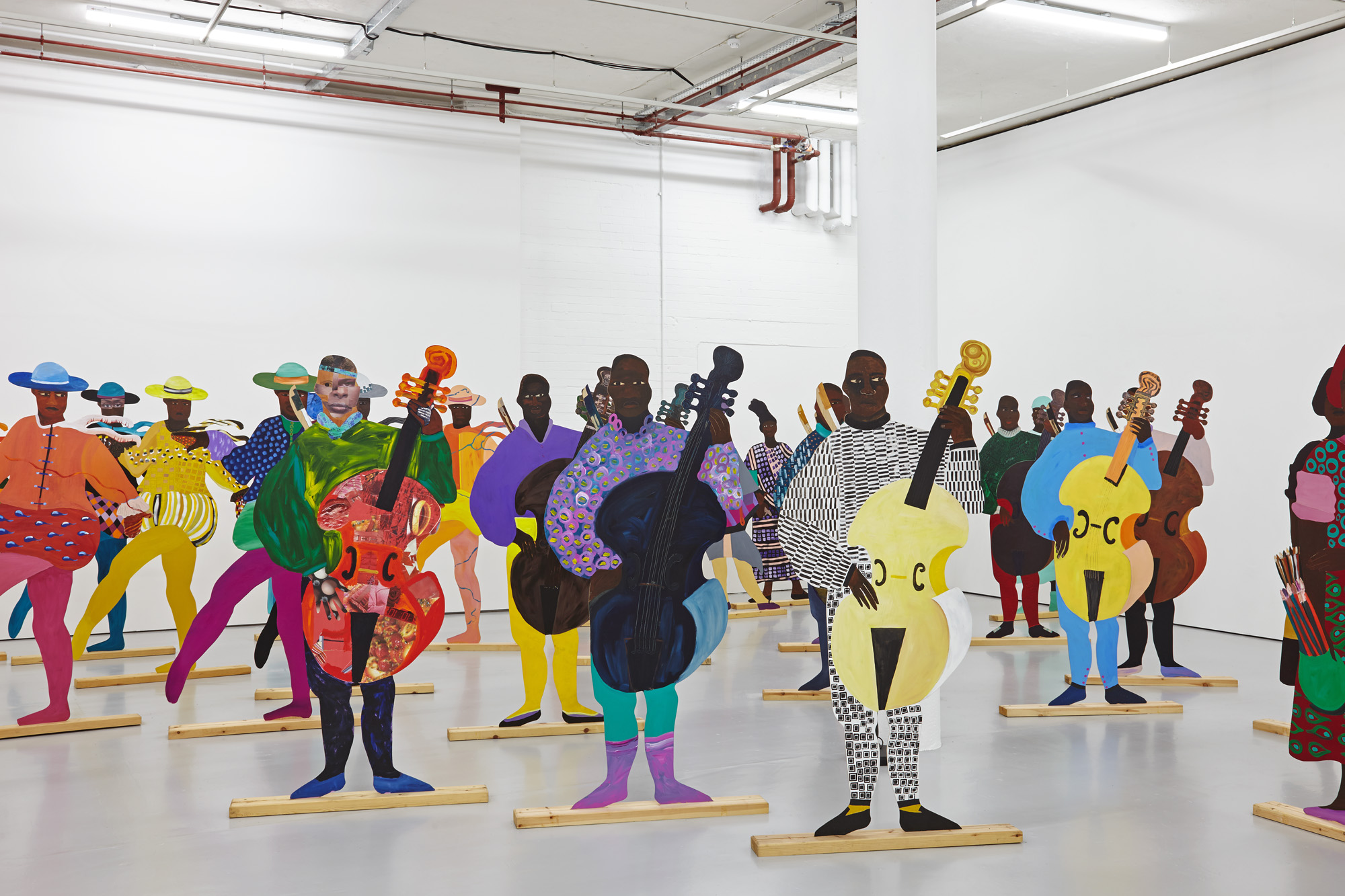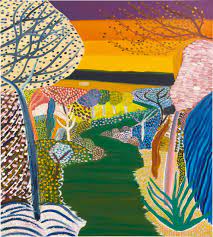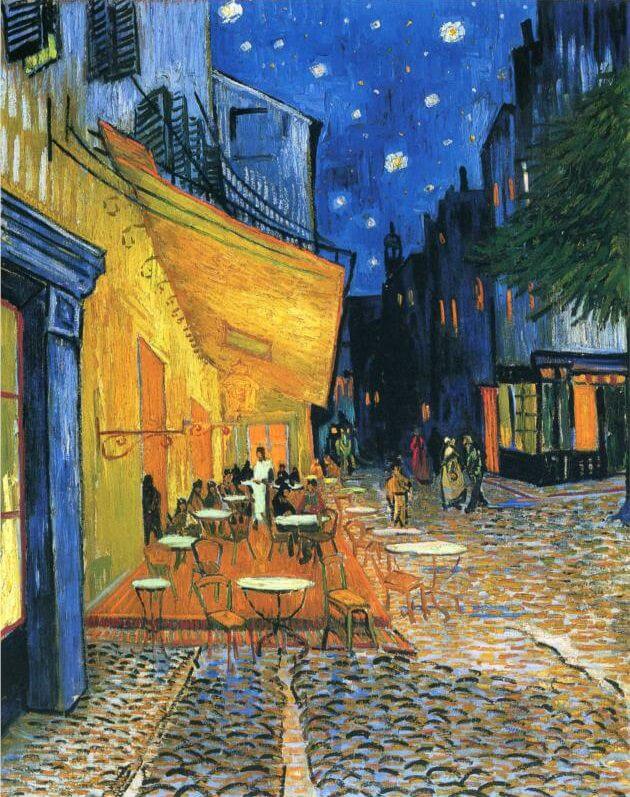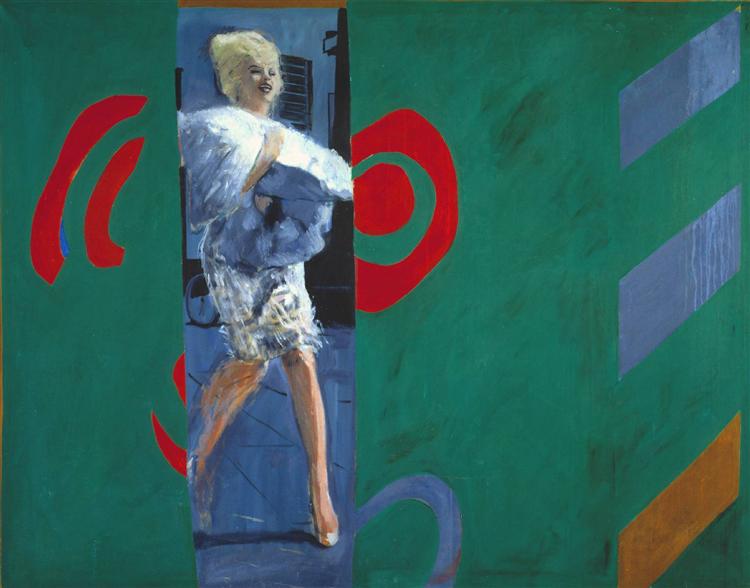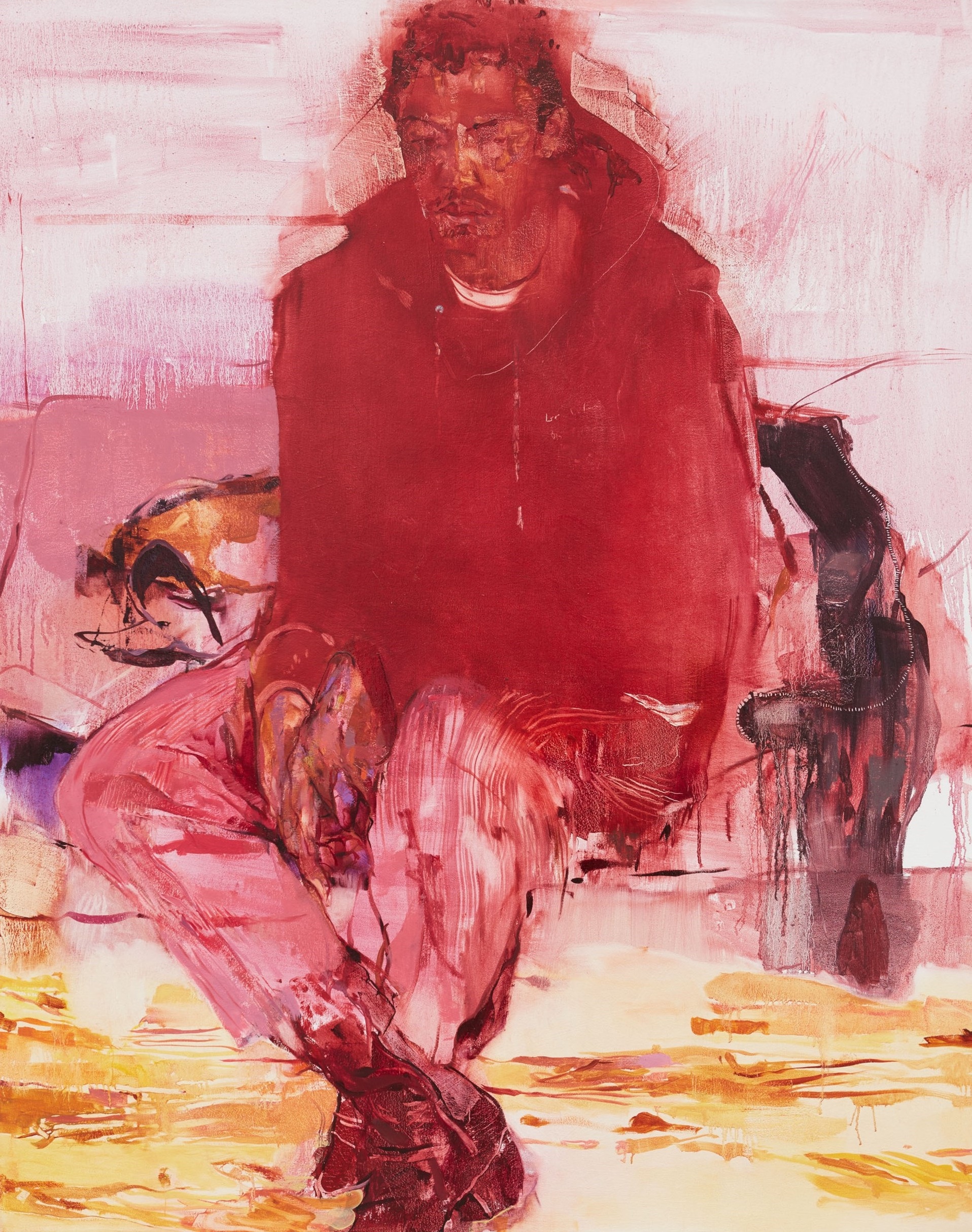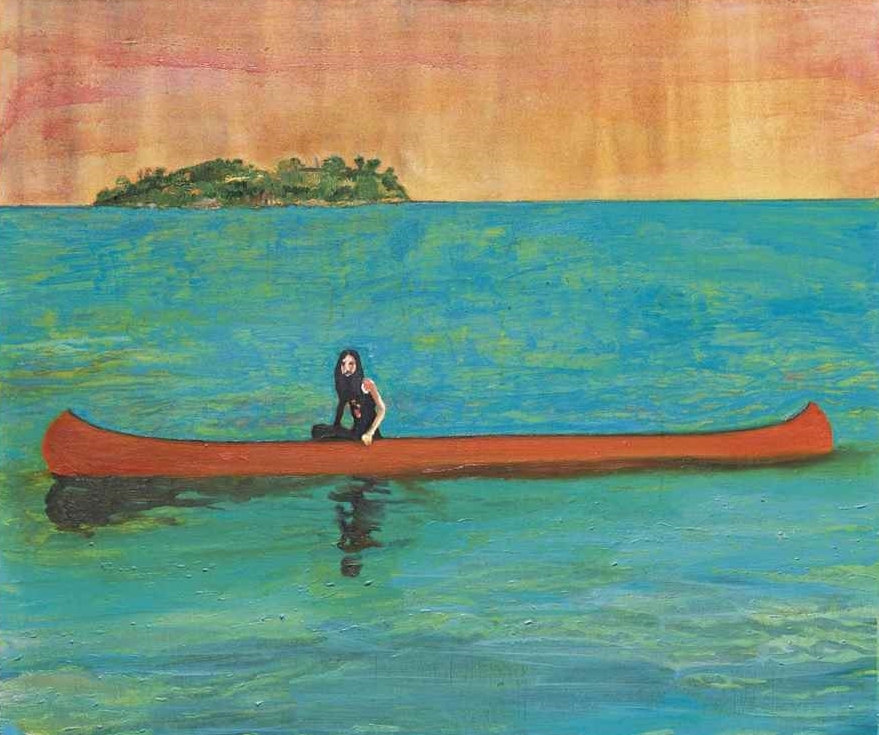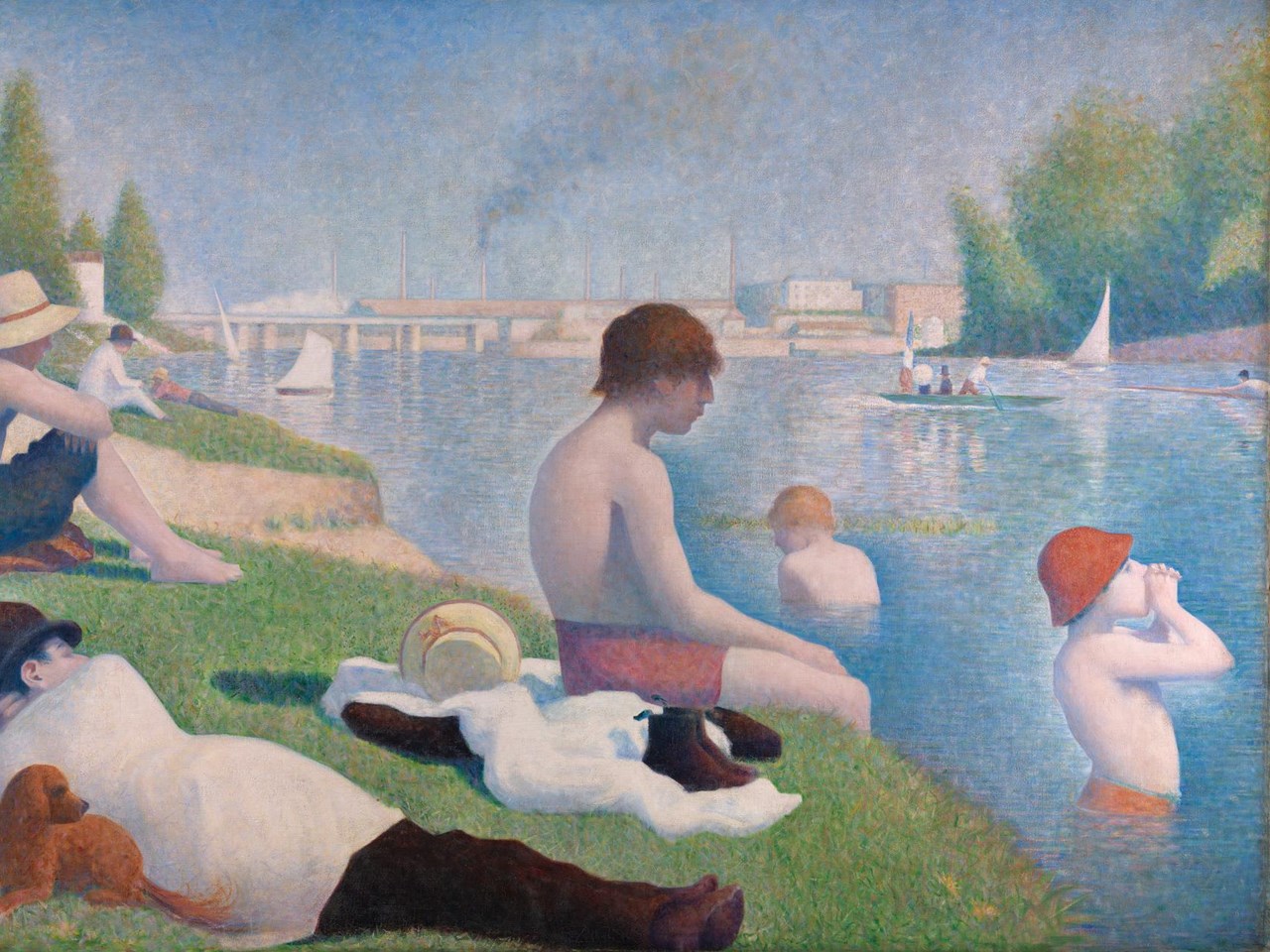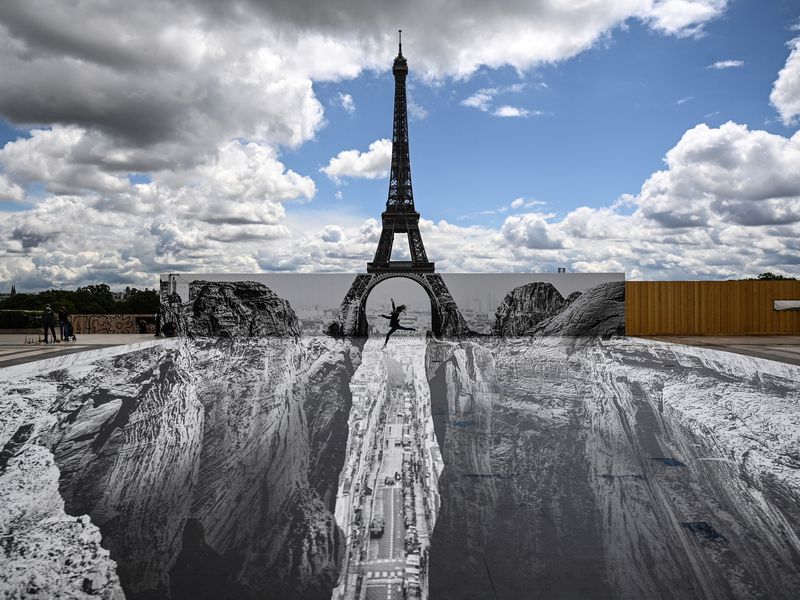
Discover Thandiwe Muriu
Thandiwe Muriu’s playful work is impossible to ignore. A witty celebration of the young Kenyan’s culture, her Camo series is characterised by bold, brilliant colours and exuberant patterns ‘with an almost psychedelic quality’ that confuse the eye. Thandiwe trademarks feature throughout, among them architectural hairstyles, ebony skin and fabrics and accessories from everyday life.
But a barbed critique simmers beneath each glossy surface. The series is ‘a personal reflection on how I felt I can disappear into the background of my culture,’ she has said. Camo also challenges standards of beauty in Kenya — notably the culture of skin bleaching and hair straightening. She wants Kenyan girls to see these images of dark-skinned models with natural hair wearing recognisably African fabrics fashioned in modern, funky ways and say: ‘That’s me’.
But a barbed critique simmers beneath each glossy surface. The series is ‘a personal reflection on how I felt I can disappear into the background of my culture,’ she has said. Camo also challenges standards of beauty in Kenya — notably the culture of skin bleaching and hair straightening. She wants Kenyan girls to see these images of dark-skinned models with natural hair wearing recognisably African fabrics fashioned in modern, funky ways and say: ‘That’s me’.
Share




